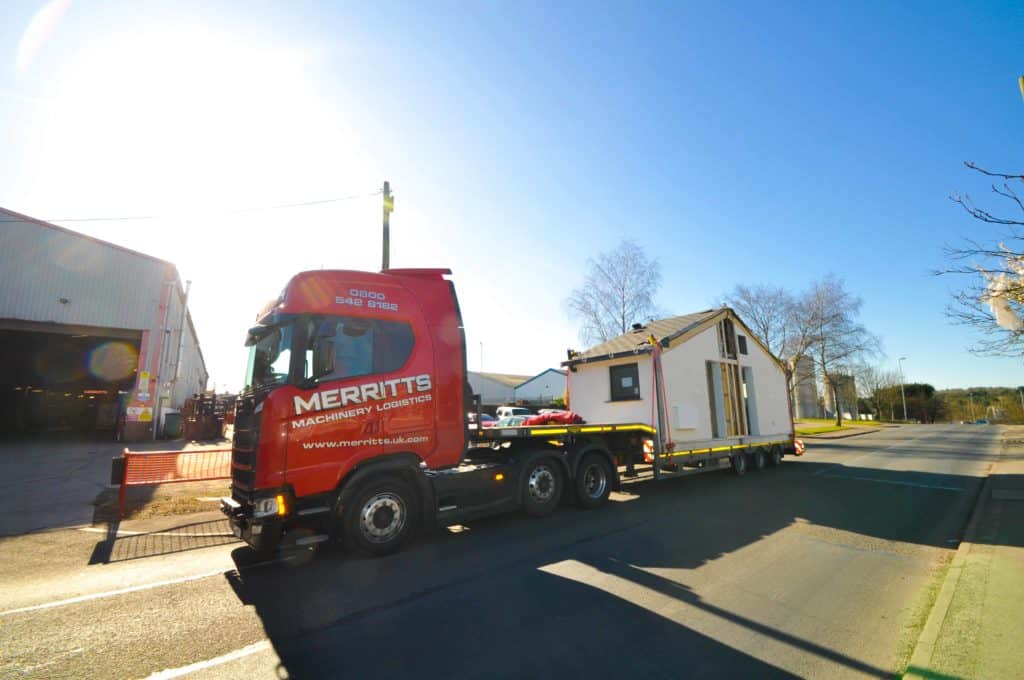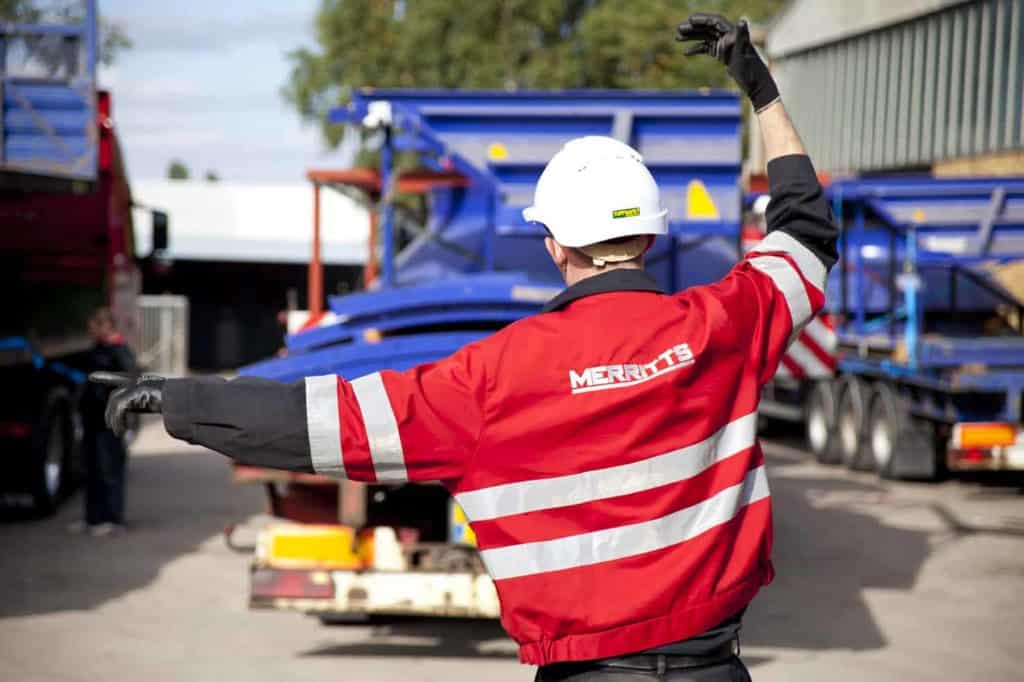Call FREE: 0800 046 9840
Email us: enquiries@merritts.uk.com


In our latest advice article we discuss how we assess and overcome some of the access restrictions we encounter during a heavy machinery moving project.

Whether we are discussing a heavy machinery moving project with a machine manufacturer, arranging transport, offloading and positioning services for a purchaser of new machinery, or carrying out internal machinery moves for product manufacturers, one of the primary considerations is to assess the implications regarding access restrictions.
How to overcome access restrictions during a heavy machinery moving project
Without stating the obvious, the dimensions of the machine and the size of any access points that the machine will have to pass through on its journey from manufacturer to factory needs to be understood at the earliest possible point in the project.
Once this information has been obtained, we are then able to assess if there are any access and loading restrictions at the pick-up destination, whether there will be any abnormal load notifications or traffic regulation orders required along the planned routes and, once at the delivery destination, whether there are barriers, doorways, pits or other obstacles that will prevent safe carriage of machinery to its required location within the facility.
Site survey
If we have not carried out a previous project on the sites in question, and therefore have no previous knowledge, a Merritts engineer will visit the locations to carry out a survey.
We will use this visit to also gather information on floor conditions, internal factory height, power requirements and review the entire journey the machine will have to travel before it is installed. Our health and safety team will also carry out a site specific risk assessment to ensure all hazards are considered when planning the project.
Types of access restrictions on a heavy machinery moving project
The most typical causes of access restrictions begin in the car park or yard area of the collection or delivery sites. The next consideration is the access into the facility, which is usually a roller shutter door. Once through the door, the internal height of the facility will need to be considered and the pathway through the facility between other production machinery.
If doorway access is an issue, and the machine can’t be delivered in parts which can be subsequently re-assembled, we can advise on the best way to widen them.
Depending on the size of the restriction this can involve simply removing barriers, doorframes and roller shutter assemblies, or by further arranging construction works to remove, temporarily support and replace brickwork.
Sometimes access restrictions can mean that the only option is to lift the machine and lower it into position through the factory roof. However, we always try to limit disruption and will provide the best recommendation as well as project manage the entire process.
Once the machine is inside, the next consideration is the clear headroom underneath the facility roof. We recommend that at least 1m will be required above the machine for rigging and lifting equipment.
One advantage of using Merritts is our modern fleet of transport and lifting equipment which allows us to work in compact spaces. We have invested heavily in Versa-Lift technology and Enerpac lifting gantries to ensure we can accommodate the most difficult machinery moving projects.
If you have a heavy machinery movement project that is likely to have access restrictions the Merritts team will be happy to help. With nearly 100 years of experience there are not many machinery moving scenarios we have not dealt with.
If you would like advice about your next project, please get in touch.


